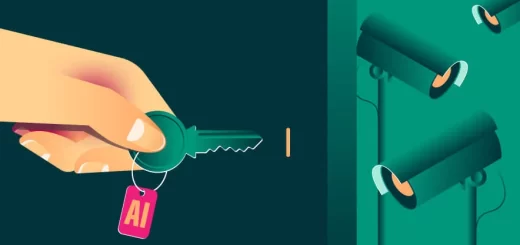AI-Enhanced Language Models Revolutionize Real-Time Translation

For decades, language barriers have posed challenges in global business, diplomacy, education, and communication. While traditional translation tools provided basic support, they often struggled with context, cultural nuances, and real-time adaptation. However, in August 2024, AI-driven real-time translation systems reached an unprecedented level of accuracy and fluency, making seamless multilingual communication a reality.
The integration of next-generation transformer models, contextual AI, and speech synthesis technologies allowed businesses, travelers, and professionals to communicate instantly across languages with near-human precision. These AI-driven systems weren’t just translating words; they were understanding context, tone, and intent—bridging linguistic and cultural divides more effectively than ever before.
How AI Was Transforming Real-Time Language Translation
Traditional translation relied on predefined dictionaries, rule-based algorithms, and phrase-based machine learning models, often leading to stiff, literal translations that missed cultural and contextual meanings. AI-powered translation tools introduced a new era of multilingual communication, enabling users to:
- Process and translate speech in real time – AI-driven translation models converted spoken words instantly, maintaining natural fluency and intonation.
- Adapt to contextual nuances and emotions – AI-powered translators could now detect sentiment, tone, and conversational intent, improving accuracy.
- Handle industry-specific terminology – Advanced AI models specialized in legal, medical, and technical translations, providing domain-specific accuracy.
These advancements eliminated communication barriers, fostering deeper cross-cultural interactions and collaborations.
Industries Rapidly Integrating AI-Powered Translation Tools
AI-driven real-time translation was being embraced across multiple industries where global communication and language accessibility were essential.
1. AI in International Business and Diplomacy
- Multinational corporations used AI-powered interpreters to facilitate global meetings, negotiations, and contract discussions.
- AI-driven speech-to-text translation allowed real-time document processing and multilingual business operations.
2. AI in Travel and Tourism
- AI-powered translation apps enabled travelers to communicate with locals, navigate foreign cities, and access multilingual services effortlessly.
- AI-assisted virtual tour guides provided automated cultural and historical explanations in multiple languages.
3. AI in Education and Research
- Universities and online learning platforms integrated AI-driven translation tools to offer lectures, research papers, and academic materials in multiple languages.
- AI-assisted education platforms customized language learning experiences, adapting content to each learner’s fluency level.
These applications demonstrated that AI was not just improving translation—it was redefining how the world communicated and accessed knowledge.
Challenges and Ethical Considerations in AI-Powered Translation
Despite its advancements, AI-driven translation faced several challenges and ethical concerns that required careful oversight.
1. Accuracy and Cultural Sensitivity Risks
- AI models sometimes misinterpreted slang, idioms, or culturally sensitive expressions, leading to mistranslations.
- Companies developing AI translation tools worked to fine-tune models with localized linguistic datasets to improve cultural accuracy.
2. Data Privacy and Security in AI-Assisted Communication
- Real-time translation systems often processed private conversations and sensitive business discussions, raising concerns about data security.
- Developers implemented end-to-end encryption and user control features to ensure privacy in AI-assisted communications.
3. The Impact on Human Translators and Linguistic Jobs
- While AI was making translation more accessible, concerns arose about its impact on professional translators and interpreters.
- Experts debated how AI could be used as a collaborative tool rather than a full replacement for human linguistic expertise.
Addressing these challenges was crucial in ensuring that AI-powered translation remained accurate, ethical, and beneficial for global users.
What’s Next for AI in Multilingual Communication?
With AI-powered translation evolving rapidly, future innovations were expected to include:
- AI-driven universal communication devices – Wearable AI-powered translators would provide real-time speech-to-speech translation with near-human fluency.
- Emotionally aware AI translators – Future models would detect and adapt to a speaker’s emotional tone, improving conversational accuracy.
- AI-powered sign language recognition – AI-assisted tools would translate sign language into spoken words, enhancing accessibility for the hearing-impaired.
These developments positioned AI as a game-changer in breaking down language barriers, fostering global connections, and enabling seamless cross-border interactions.
A Defining Moment for AI in Global Communication
The advancement of AI-driven translation technology in August 2024 marked a transformative moment in how people and businesses communicated across languages. No longer limited to basic text translation, AI-powered tools were now capable of interpreting speech, adapting to cultural nuances, and enabling real-time multilingual conversations.
However, as AI-powered translation became more widespread, ensuring linguistic accuracy, ethical AI use, and privacy remained key challenges. Moving forward, the balance between automation and human expertise would define the future of AI-assisted global communication.




